Kelly Clamp Definition:
Important Point
Kelly clamp is defined as a vertically movable pinch clamp fastened to a graduated stick to allow the interpretation of the penetration depth of the kelly ball.
These are clamped only at top of the device prior to the experiment then dropped to interact with the edge of the tower until the ball has reached the surface of the pavement.
The device is then extracted from either the concrete as well as the interpretation of the penetration is allowed by observing the location of the clamp mostly on a rod.
This allows the testing process more efficient for the operator and prevents any potential pause in the concrete operation.
What Is Kelly Ball Test?
The Kelly ball test was established in the United States in the 1950s as a fast solution to that same slump test. The basic and affordable testing can be carried out easily within the concrete as well as the effects can be compared with the slump.
The experiment was calculated as well as developed by Kelly and is also recognized as the Kelly Ball Test and also the Concrete Ball Test.
Kelly ball test, often named as ball penetration test, is conducted on fresh concrete which evaluates the workability. It is a fast, easy field test and has been considered relevant to the slump test.
It is explained that now the Kelly ball experiment worked quicker as well as delivered correct results with such a high degree of consistency than that of the slump test.
However, the one downside of the Kelly ball test would be that it needs a significant volume of concrete relative to the slump test of the concrete.
This sort of test could be done easily as well as the final effects could then be compared to the slump.
The Kelly ball test was previously defined as ASTM C360-92: “Standard Test Method for Ball Penetration in Freshly Mixed Hydraulic Cement Concrete.”
The ASTM specification became discontinued in 1999 owing to a shortage of applications. The experiment has not really been commonly seen just outside of the United States (Bartos 1992). This exam was not protected by Indian norms.
The durability of such concrete as in the Kelly ball experiment is determined by the extent of the entry of the metallic ball which will fall further into the concrete mix because of its own mass.
The metal ball does have a diameter of 15.2 cm as well as a mass of 13.6 kilograms. Thus, so it began to be regarded as a ball penetration test.
- All About Concrete Core Test | What Is the Concrete Core Test | Concrete Core Test Procedure | What Are Capping and Its Role in the Result
- What Is Bulking of Sand | Bulking of Sand Is Caused Due to | Bulking of Sand Graph | Bulking of Sand Formula | Test Procedure to Determine the Bulking of Sand
- All About Turbidity of Water | What Is Turbidity of Water | Procedure of Turbidity of Water Test
- Tensile Strength of Concrete| What is Tensile Strength of Concrete | Why Concrete Weak in Tension |Split Cylinder Test of Concrete | Tensile Strength Test Procedure
Kelly Ball Test Apparatus-
Kelly ball test equipment comprises a cylinder with a hemispheric outline of 15.2 cm as well as a weight of 13.6 kilograms on one side and even a graduated measure and handles but at the other hand. The entire structure is protected on a static platform.
The findings were calculated by measuring the penetration of the hemisphere once openly positioned on fresh concrete.
An impression is directly calculated by a calibrated scale. The ball is released as well as the penetration depth is determined at the closest 0.25 inch. Of every sample, at least 3 samples should be taken.
The Kelly ball test provides an indication of yield stress, as the test essentially measures whether the stress applied by the weight of the ball is greater than the yield stress of the concrete. For a given concrete mixture, the results of the Kelly ball test can be correlated to slump.
Formulas based on observational research have also been released for the use of the various forms of concrete mixtures. Usually, the slump rating is 1.10 times to 2 times the Kelly ball test readings.
It was reported that now the Kelly ball test was more reliable in the assessment of accuracy than for the slump test.
The method is appropriate to a similar variety of concrete consistency as that of the slump test and seems to be applicable to different mixtures, including such lightweight including heavyweight concrete. The accuracy of the measure decreases with the increasing size of the gross aggregate.
Also, Read: What Is Specific Gravity Cement | Why We Calculate Specific Gravity Cement | Specific Gravity Test on Cement
Test Procedure of Kelly Ball Test:
- A significant quantity of freshly ground concrete is collected then placed into a tub.
- The container would have been more than large enough then to fit the Kelly ball penetration test apparatus.
- The depth of its concrete to be poured would need to be at a minimum of 0.2 m.
- Even One the asphalt layer using the required tools.
- Use the supplied handle to position the Kelly ball equipment on the graded concrete surface.
- The system must be mounted in just such a manner that perhaps the frame must settle on the concrete surface but that the middle of the metal ball should have been at least 0.23 m away from every side of the container.
- Then remove the handles to enable ball to penetrate through to the concrete and mark down the penetration value by examining the reading of the graduated stem. 6 m Analysis must be carried out to the closest 6 mm (0.25 inch).
- Repeat the afore mentioned method 4 further cycles by positioning the device at various points on the very same research sample.
- The strength of concrete seems to be the average value of all of the measurements obtained.
Use of the Kelly Ball:
The use of the Kelly Ball are as follows.
- Plastic concrete could be checked also with Kelly ball in the shape or even preceding to some handling or in appropriate containers, like tubs, bowls, wheelbarrows, or buggies.
- During the check, the surface of the sample is softened and leveled easily through the use of a small wooden float and screed.
- The surface shall be operated as least as necessary to avoid the creation of a mortar sheet.
- The adjacent concrete ought not to be vibrated, jarred, or disturbed mostly during the procedure. The ball is placed vertically more by a handle in some very minor contact with the graded concrete surface as well as the zero mostly on rod coincident with either the top of the ring.
- The handles would then be lowered as well as the penetration depth of the kelly ball into the concrete is measured to be 0.25 cm on the graduated string. At least three measurements are taken from either a batch or venue. No adjustment is provided for any minor change of the legs of the frame.
- The experiment takes less than a minute to ever be carried out, which gives the technician ample time to operate for which concrete is released from the mixer before delaying the construction and completion of the process.
- Experience has proven that only the minimum depth of concrete measured ought to be 15 cm with an overall total aggregate dimension of 5 cm or less. If greater aggregates are used, the minimum depth ought to be 3 times the nominal actual gross aggregate value.
- While measuring concrete put within forms, such as piers, partitions, respectively., a minimum distance of 22 cm from the surface of the structure to the level measured must be established in order to prevent boundary impact.
- In the case of concrete discharged on a pavement in concrete work, hardly any measure must be done closer than 22 cm to the outline of the surface of the leveled concrete floor.
- For just a second session in the very same sample of concrete, the foot of the stirrup must be at least 15 cm from the position at which the foot rested during the first check.
Also, Read:Non-Destructive Testing of Concrete | Type of Non-Destructive Testing Concrete
Advantages of Kelly Ball Test:
The Advantages of Kelly Ball Test are as follows.
- The experiment is easier than that of the slump test which can be carried out on in-place concrete in order to produce a clear outcome easily.
- This one has been reported that now the Kelly ball test offers more reliable outcomes than that of the slump test.
- This test is the most common and immediate test that can be done on-site.
- Without the need for a kelly ball penetration test to full, roll a container, essentially, and no need to ever use arrangement since it is much easier than a slump test.
- In order to achieve a clear and instant verdict, the Kelly ball test may be carried out with fresh concrete in the field or in the shape of a buggy, a wheelbarrow, or a hopper.
- In order to find concrete or suggest workability or to explain the effects of the analysis, this method does not require long measurements.
Also, Read: Lab Test on Aggregates at Site
Disadvantages of Kelly Ball Test:
- The Kelly ball test is really not appropriate for wider aggregate particles.
- The method is also not accepted and should not be used by Indian standards.
- As with the slump test, the Kelly ball penetration test is a static test.
- In needed to execute the analysis, a large volume of sample sets is required.
- These tests can not provide correct results where large-scale aggregates are being used in concrete. It is still not commonly used in several countries.
- Once the kelly ball penetration test is carried out, the top of the pavement must be leveled.
- Indian standards do not accept and do not use the Kelly Ball Test.
Also, Read: Test for Compressive Strength of Brick | Water Absorption | Dimensions Test
Kelly Clamp Definition
Kelly clamp – a curved hemostat without teeth. Kelly operation – correction of retroversion of the uterus; correction of urinary stress incontinence.
What Is Kelly Ball Test?
The Kelly Ball test is a simple field method for determining the consistency of plastic concrete. It is made by measuring the penetration of a 30-pound metal “ball” into the surface of the concrete.
Use of the Kelly Ball-
The Kelly Ball test is a simple field method for determining the consistency of plastic concrete. It is made by measuring the penetration of a 30-pound metal “ball” into the surface of the concrete. This test can be made on the concrete in place and can be made easier and faster than the slump test.
Advantages of Kelly Ball Test:
- The test results are more accurate when compared with the slump test.
- This test is simple and instant which can perform on-site.
- It doesn’t require lengthy calculation to find the workability of concrete.
Disadvantages of Kelly Ball Test:
- A large amount of test samples is required to perform the test.
- The test sample of concrete must be leveled to perform the test.
- This test may not give accurate results when large size coarse aggregates are used in the concrete. Hence, it is not widely used in many countries.
Kelly Ball Test
In the Kelly Ball Test, a metal hemisphere with a diameter of 150 mm is placed on the concrete surface, and then the hemisphere is lifted off the surface after it has penetrated to a depth of 100 mm. The height of the concrete that surrounds the hemisphere is then measured using a ruler, and this measurement is known as the Kelly Ball Test reading. The test is typically performed three times, and the average of the three readings is taken as the final result.
Kelly Ball Test of Concrete
The Kelly Ball Test is typically performed three times on different locations of the concrete surface, and the average of the three readings is taken as the final result. The test results are then used to determine the workability of the concrete, with higher Kelly Ball readings indicating a more workable mix. The test is often used on-site by construction workers to ensure that the concrete mix has the desired workability for the specific application and to make any necessary adjustments to the mix design.
Kelly Ball Test for Workability
Yes, the Kelly Ball Test is a method for determining the workability of concrete. The test measures the height of the concrete that surrounds the Kelly Ball after it has been removed from the surface of the freshly mixed concrete. This measurement is an indication of the workability of the concrete mix, with higher readings indicating a more workable mix.
Ball Penetration Test Concrete
The Ball Penetration Test is a method for evaluating the consistency or stiffness of freshly mixed concrete. In this test, a cylindrical metal rod with a rounded end, commonly referred to as the Ball Penetration Apparatus, is used to penetrate the surface of the concrete. The apparatus typically has a diameter of 1/4 inch and a length of 6 inches.
Concrete Ball Test
The Ball Test is a non-destructive test that is commonly used in the field to estimate the compressive strength of concrete structures. It is relatively simple and requires minimal equipment, making it a cost-effective option for testing concrete. However, it should be noted that the results obtained from this test may not be as accurate as those obtained from more sophisticated testing methods, and they should be interpreted with caution. The Ball Test is generally used as a preliminary screening test, with more accurate testing methods being used to confirm the results.
Kelly Ball Test for Concrete
It is important to note that the Kelly Ball Test is a measure of workability, and not an indication of other important properties of hardened concrete, such as compressive strength or durability. Therefore, it should be used in conjunction with other testing methods to fully evaluate the quality and suitability of the concrete for its intended use.
Kelly Ball Test Vs Slump Test
Both tests have their advantages and limitations, and the choice of which test to use depends on the specific application and the information required. The Kelly Ball Test is often used on-site as a quick and easy way to evaluate the workability of concrete, while the Slump Test is used in laboratory and field settings to provide a more comprehensive evaluation of the properties of the concrete.
Ball Test of Cement
The Ball Test is based on the principle that the finer the cement particles, the larger the surface area, and the more difficult it is for them to settle in water. The test is often used in quality control to ensure that the cement meets the required standards for fineness, which is an important factor in determining the strength and durability of concrete.
Kelly Ball Test Concrete
The Kelly Ball Test is a method for determining the workability of freshly mixed concrete, which is a measure of its ability to be easily placed, compacted, and finished without any segregation or bleeding. The test is performed by placing a hemisphere-shaped metal ball, known as the Kelly Ball, with a diameter of 150mm on the surface of freshly mixed concrete.
Kellyball
The Kelly Ball is a hemispherical metal ball with a diameter of 150mm that is used in the construction industry to determine the workability of freshly mixed concrete. The Kelly Ball Test involves placing the Kelly Ball on the surface of the concrete and measuring the height of the concrete that surrounds the ball after it is removed.
Kelly Test
This is a test used in the construction industry to determine the workability of freshly mixed concrete. It involves placing a hemisphere-shaped metal ball, known as the Kelly Ball, on the surface of the concrete and measuring the height of the concrete that surrounds the ball after it is removed. The height of the concrete is an indication of the workability of the concrete.
Like this post? Share it with your friends!
Suggested Read –
- Cement Mixtures Formulas
- What Is Dressing of Stone | Types of Dressing of Stone
- Floating Slab Vs Monolithic Slab | What Is Monolithic Slab | What Is Floating Slab
- RCCFull Form | What Is RCC | Advantages & Disadvantages of Reinforced Cement Concrete | Properties of RCC | What Does RCC Stands for
- What Is a Cavity Wall | How to Build a Cavity Wall | Cavity Wall Detail | Cavity Wall Thickness | Cavity Wall Insulation Pros and Cons | Brick Cavity Wall
- What Is Oblique Drawing | Oblique Drawing Examples | What Is Oblique View | Oblique Projection | Oblique Shape | Cabinet Oblique | What Is Cavalier Drawing
- Which of the Following Is a Way That Slopes Fail | Types of Slope Failure | Geotechnical Failures | Types of Slopes in Geography | Causes of Slope Failure | Slope Stability
- What Is Pier and Beam Foundation | Advantages & Disadvantage of Pier and Beam Foundations | Pier and Beam Foundation Design | How to Build a Post and Pier Foundation
Originally posted 2023-04-23 15:06:52.
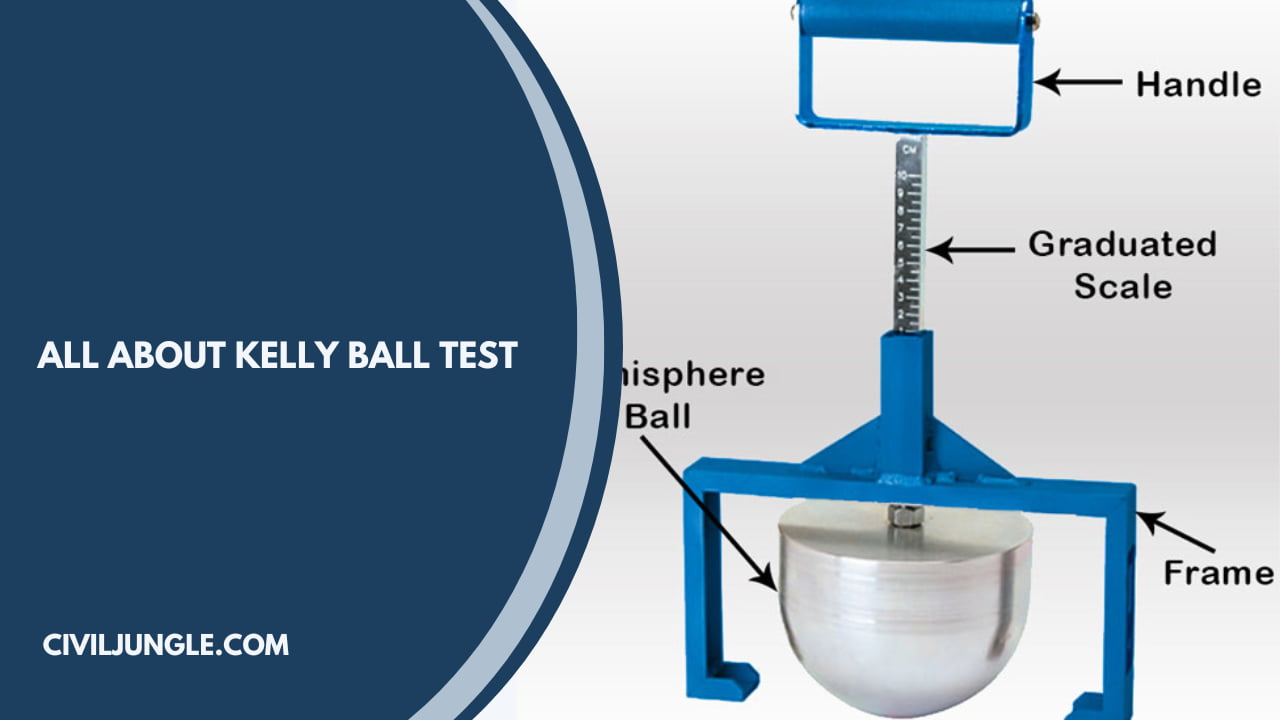

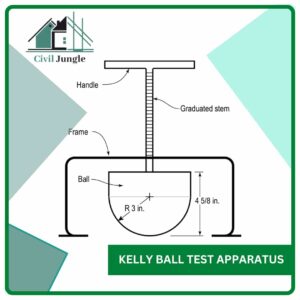
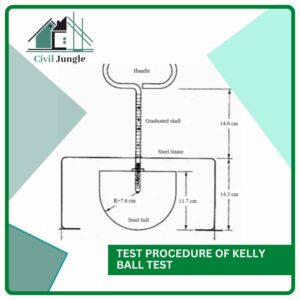
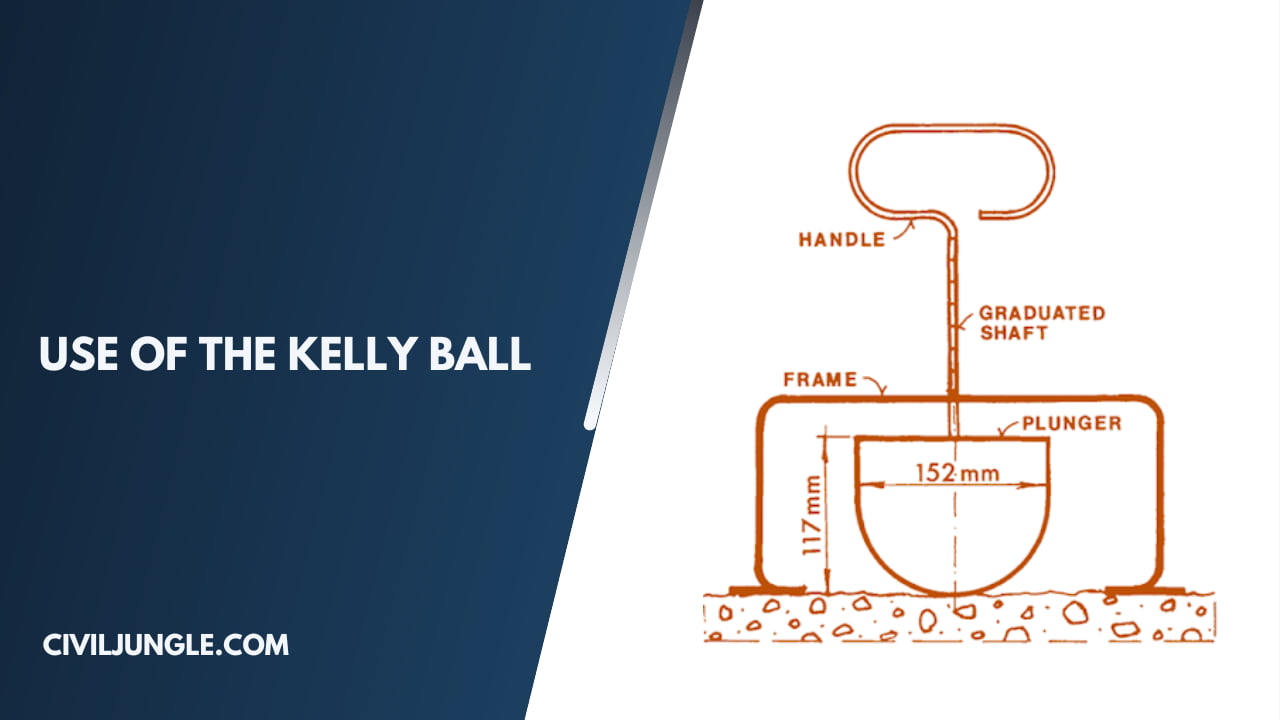
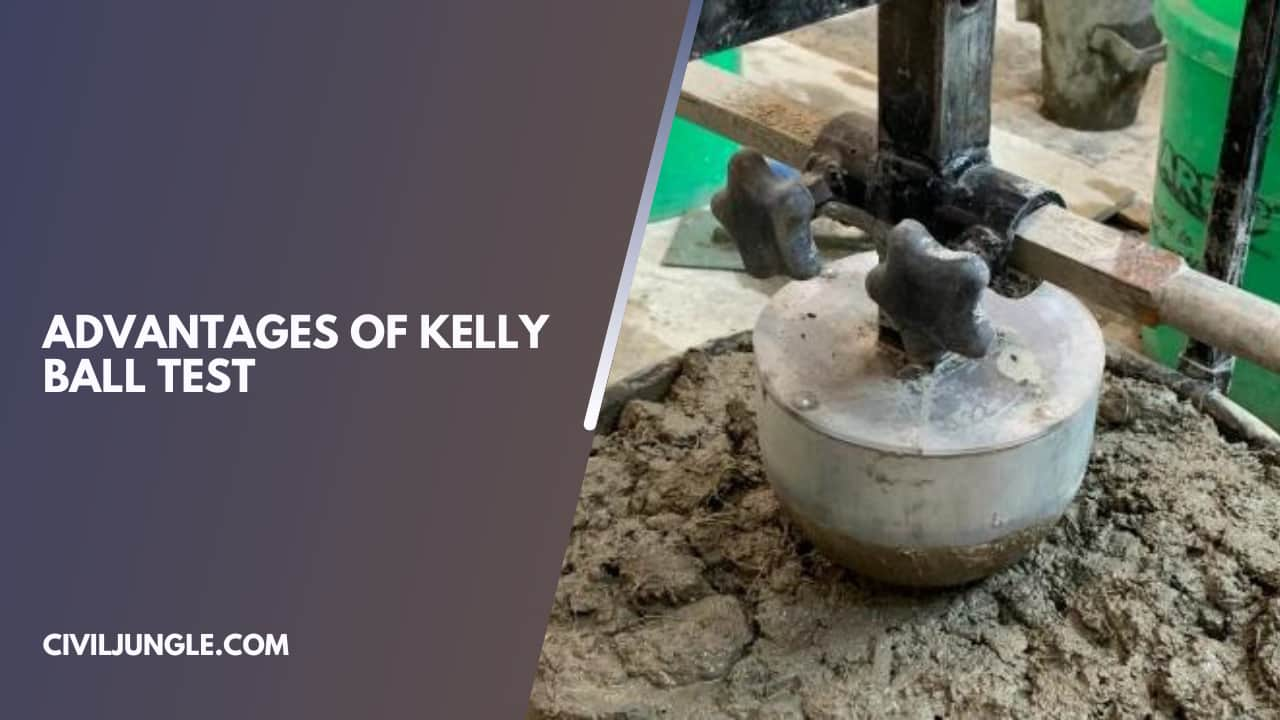
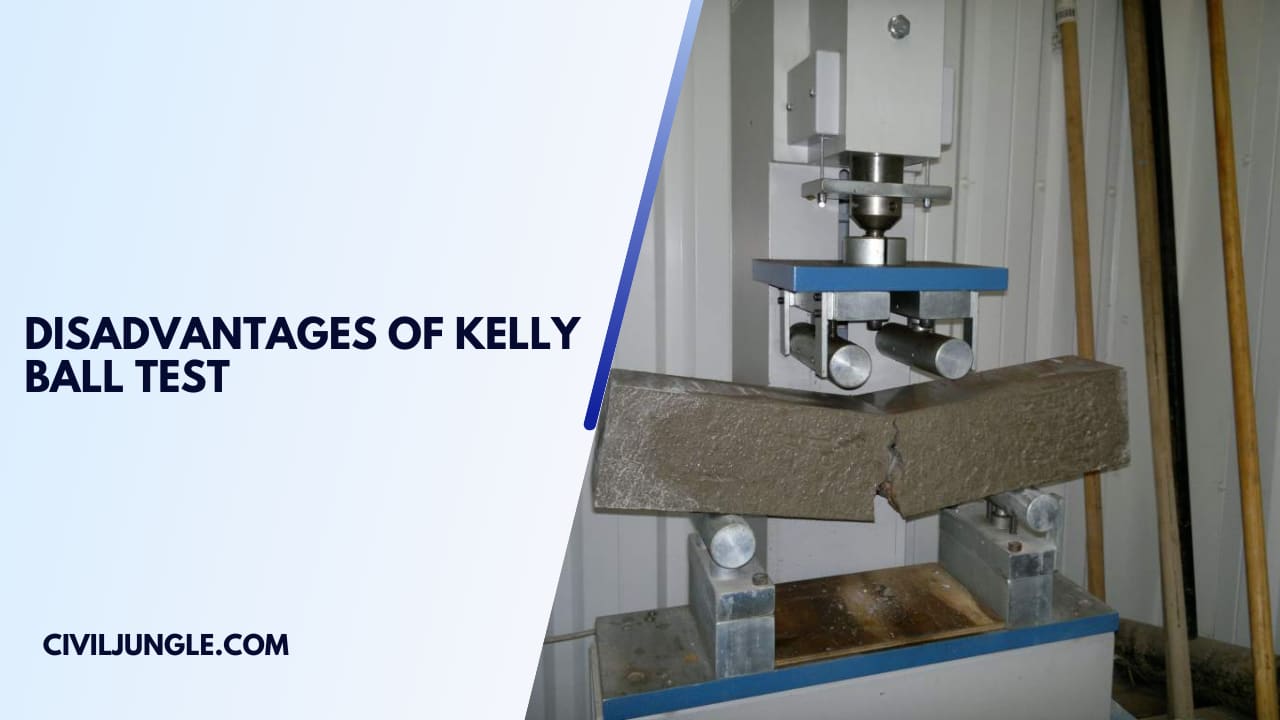

Leave a Reply